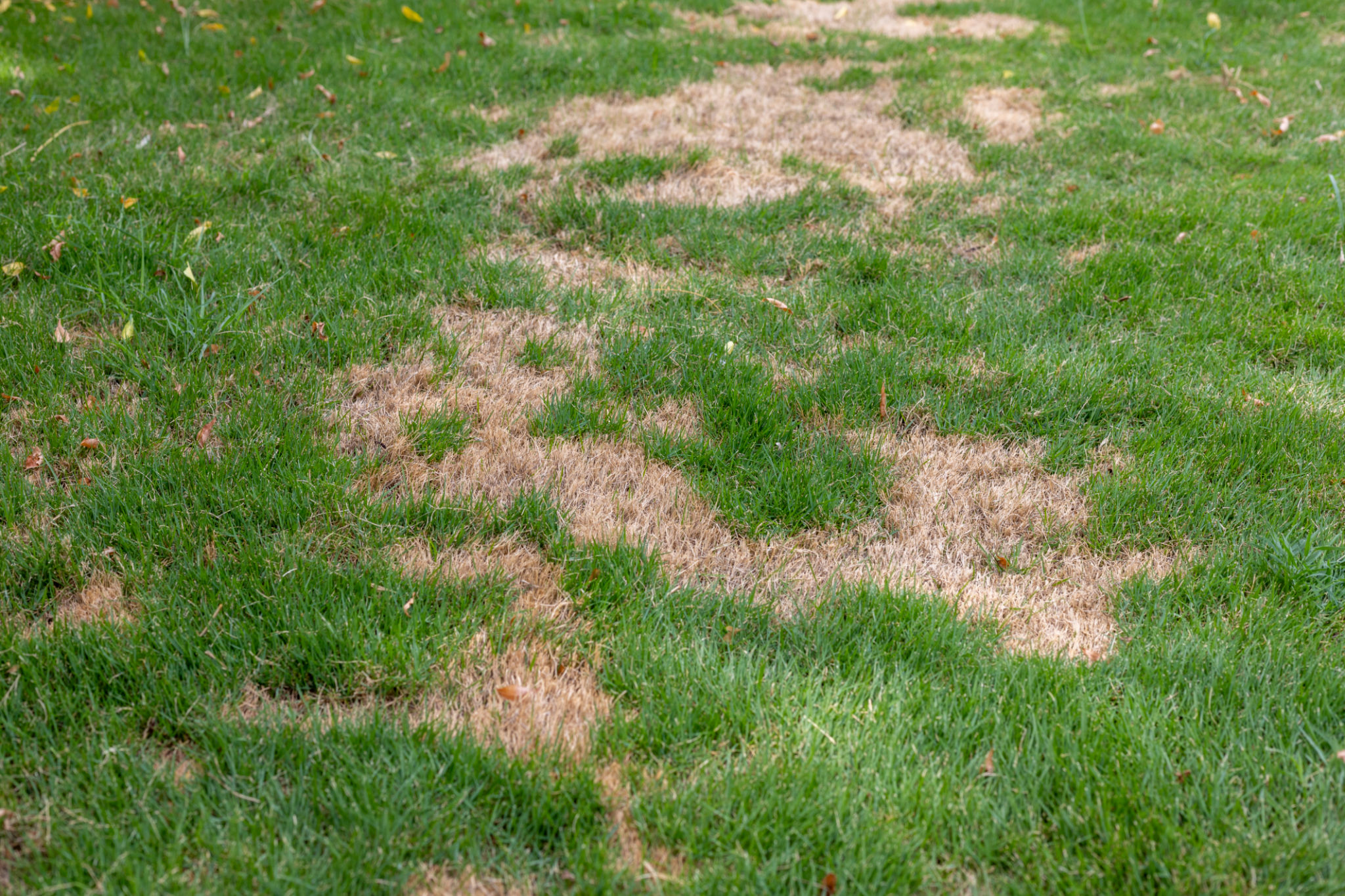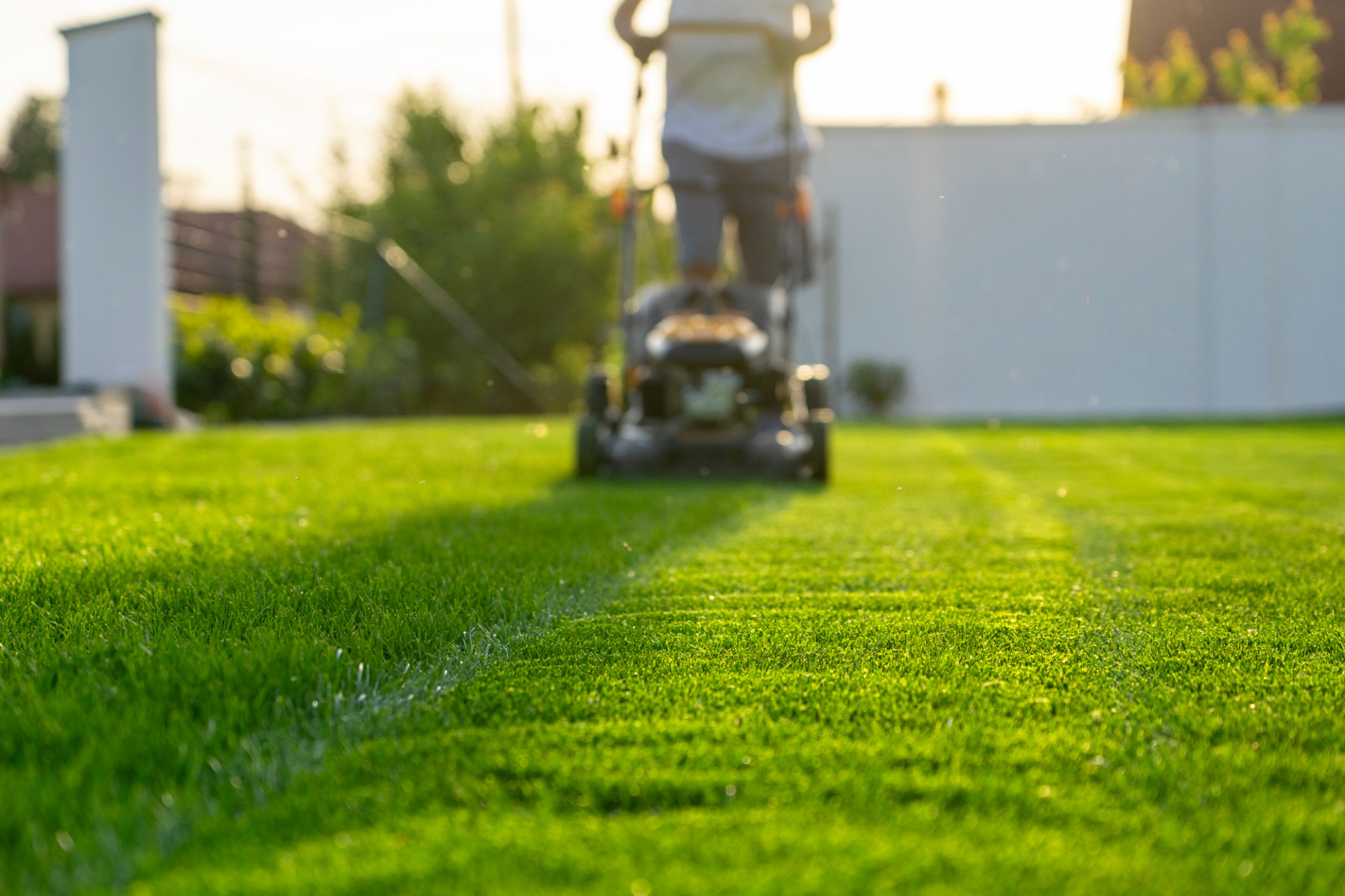Lawn Mowing in Lancaster, PA: Tips for a Perfect Lawn
Understanding Lancaster's Climate
Lancaster, PA boasts a temperate climate characterized by hot summers and cold winters. This variation in weather conditions can greatly affect how you maintain your lawn throughout the year. It's essential to understand these climatic patterns to ensure your lawn remains lush and healthy.
During the summer months, the combination of heat and humidity can stress your grass. In contrast, the cold winters require your lawn to be prepared for dormancy. Knowing when to adjust your lawn care routine is crucial for maintaining a vibrant green space all year round.

Choosing the Right Grass Type
The type of grass you choose significantly impacts the appearance and health of your lawn. In Lancaster, cool-season grasses like Kentucky Bluegrass, Fine Fescue, and Perennial Ryegrass thrive due to their adaptability to the local climate.
Consider factors such as sun exposure, soil type, and maintenance preferences when selecting grass. Mixing different grass types can also be beneficial, offering resilience against disease and environmental stressors.
Mowing Techniques for a Healthier Lawn
Proper mowing is vital to keeping your lawn looking pristine. One of the key tips is to never cut more than one-third of the grass blade in a single mow. This helps prevent stress on the grass and encourages stronger root development.
Additionally, varying your mowing pattern each time you mow can prevent soil compaction and promote even growth. Keep your mower blades sharp to ensure clean cuts, which reduce the risk of disease.

Watering Tips for Optimal Growth
Watering is another essential aspect of lawn care. In Lancaster, it's generally recommended to water early in the morning when evaporation rates are lower. This ensures that more water reaches the roots, promoting deeper growth.
Avoid watering in the evening as it can lead to prolonged moisture on the grass blades, increasing the risk of fungal diseases. Aim for about one inch of water per week, including rainfall, to keep your lawn hydrated.
Fertilization Strategies
Fertilizing your lawn provides it with the nutrients needed for robust growth. In Lancaster, applying fertilizer in early spring and fall can help your lawn recover from winter dormancy and prepare for the upcoming season.
Select a fertilizer with a balanced mix of nitrogen, phosphorus, and potassium. Always follow the manufacturer's instructions for application rates to avoid over-fertilizing, which can damage your lawn.

Dealing with Weeds and Pests
Weeds and pests are common challenges in maintaining a perfect lawn. Regularly inspect your lawn for signs of weeds and use pre-emergent herbicides in early spring to prevent them from growing.
If pests are a problem, identify them accurately to choose the most effective treatment method. Integrated Pest Management (IPM) strategies can help minimize chemical use while effectively controlling pest populations.
Aeration and Overseeding
Aeration involves perforating the soil with small holes to allow air, water, and nutrients to penetrate the grass roots. This process helps alleviate soil compaction and enhances root development.
Overseeding is another beneficial practice where you spread grass seed over existing turf. This helps fill in bare spots and improve overall lawn density. Consider aerating and overseeding in the fall for best results.

Seasonal Lawn Care Schedule
Having a seasonal schedule for lawn care tasks ensures that you're addressing the specific needs of your lawn throughout the year. In spring, focus on fertilizing and weed prevention. Summer requires diligent watering and mowing, while fall is ideal for aeration and overseeding.
Winter preparation includes clearing debris and ensuring proper drainage to protect your lawn from harsh conditions. By following a consistent schedule, you can maintain a beautiful lawn year-round.
